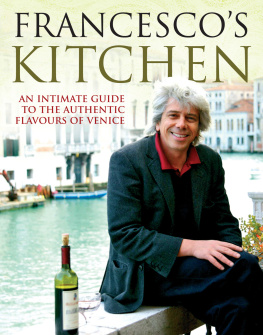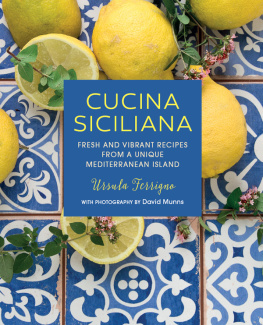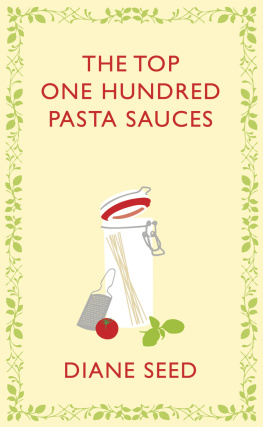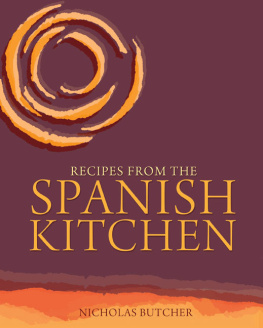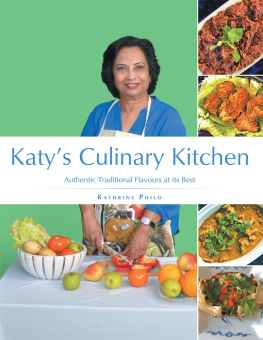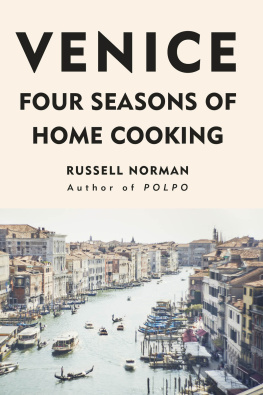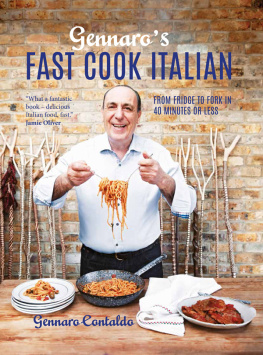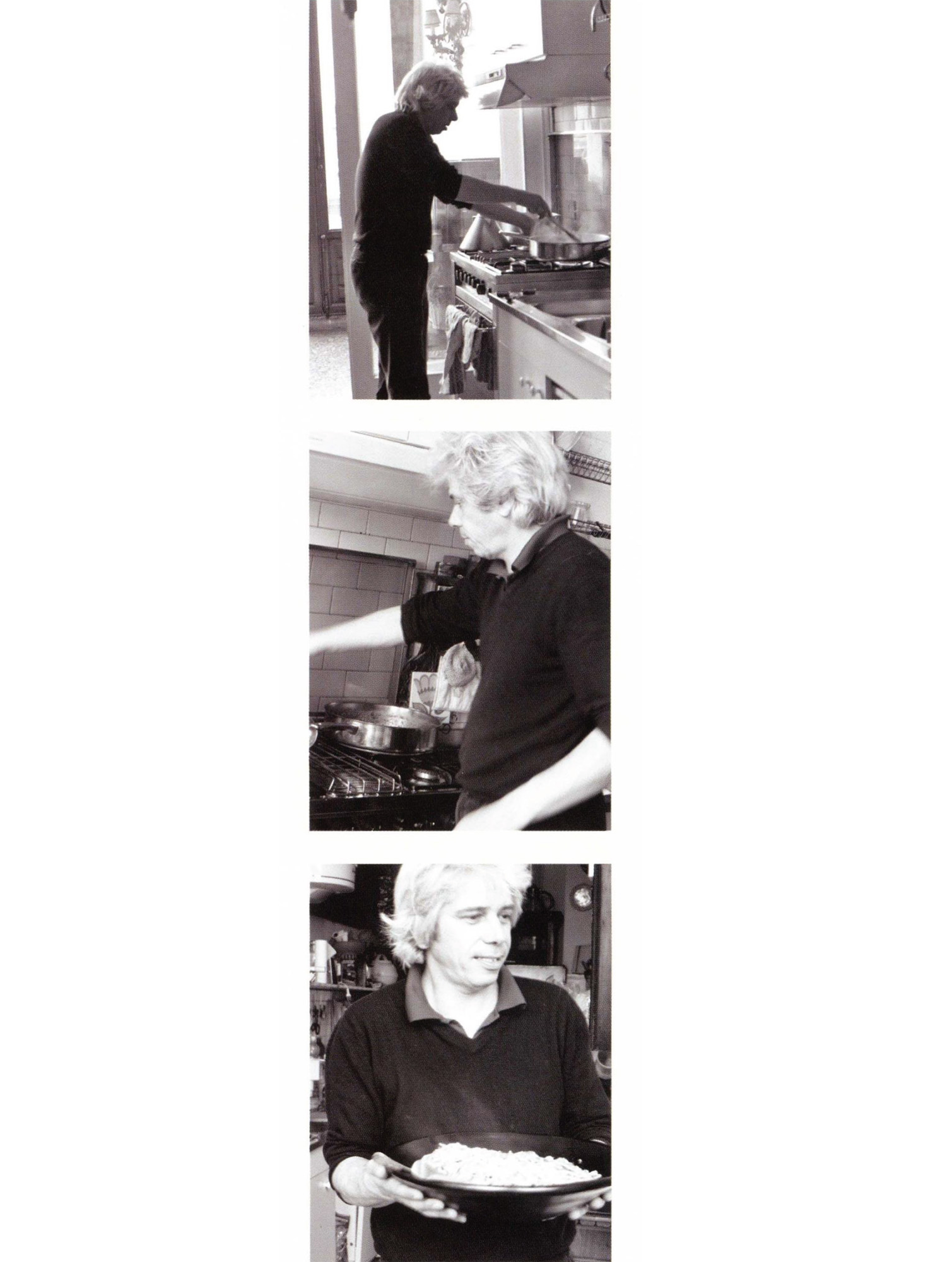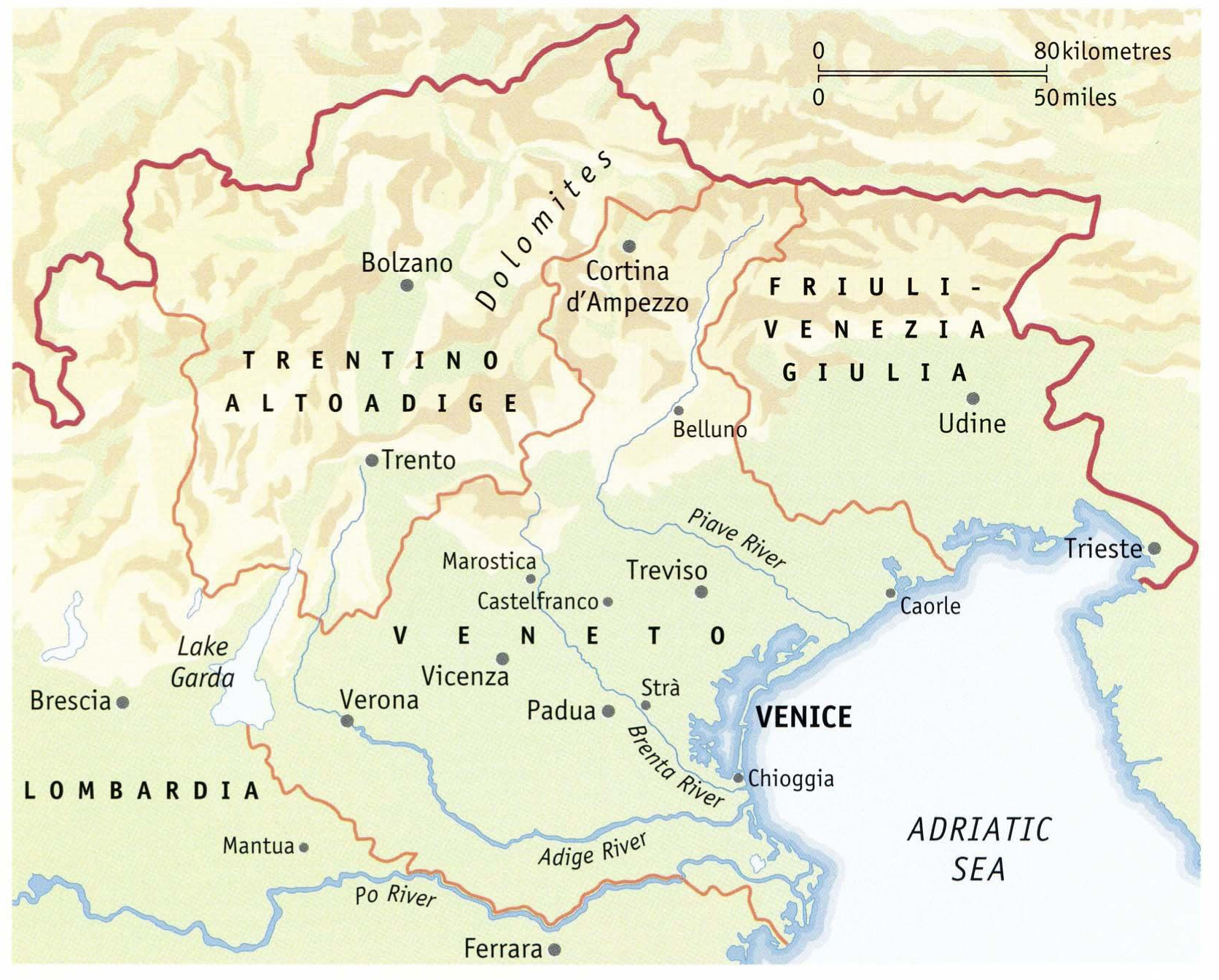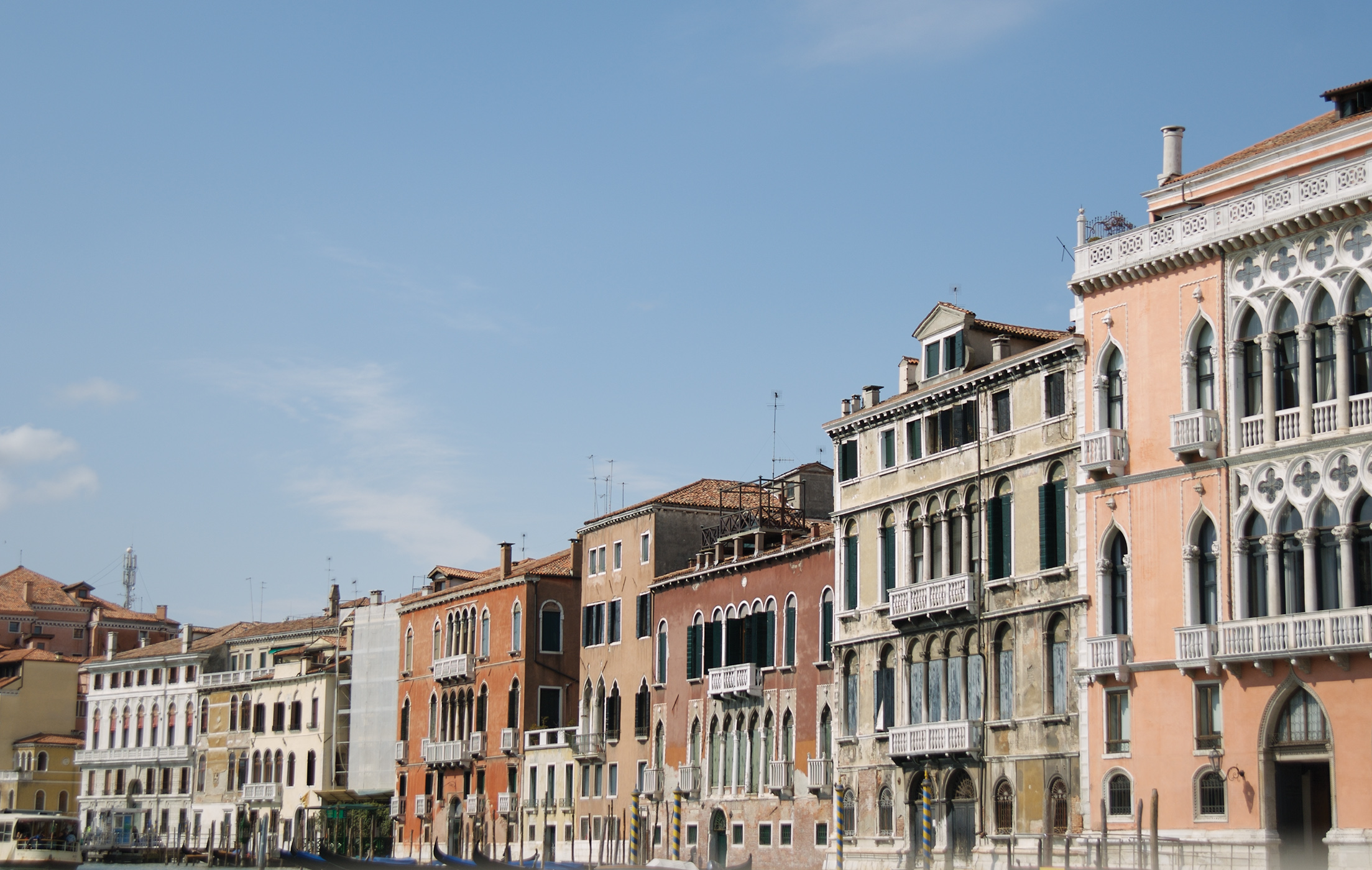Contents
About the Author
FRANCESCO DA MOSTO is an architect, historian, film-maker and a Venetian. His busy studio in Venice has designed and supervised many restoration projects, as well as participating in local and international design competitions. Francesco has also worked in cinema and television since 1984. Apart from short spells in Rome, Paris and sailing in the Mediterranean, he has lived in Venice all his life. Francesco has presented the hugely popular BBC2 series Francescos Venice and Francescos Italy, and written the accompanying bestselling books.
About the Book
Venice is my home, where generations of my family have lived for nearly a thousand years. When I think of Venice my mind inevitably turns to food: the wonderful smells from the kitchen when I was a boy; the market at the Rialto where the colours of the local vegetables change with the seasons; the fishing boats from Pellestrina coming in with the days catch Here are recipes I have grown up with, recipes that I and my family cook all the time.
In this beautifully illustrated book, Francesco da Mosto follows his personal tours of Venice and Italy with an intimate guide to the authentic flavours and food of Venice. Venetian food, like the city itself, is a fabulous fusion of ingredients brought together over centuries as merchants and traders travelled the Mediterranean. It reflects the unique life of the city, nestled in the marshes of the lagoon between river and sea, land and water, east and west. The food here has a wonderful richness and variety, inspiring tasty dishes based on fish and seafood, meat, poultry and game, and Mediterranean vegetables. Italian staples like pasta and risottos sit alongside delicious soups and polenta, and an indulgent range of puddings, cakes and festive treats. Many of these mouthwatering dishes have fascinating stories associated with them, passed down through the generations and related here by Francesco.
Keen cooks and fans of Francesco everywhere will relish this special invitation to follow the inimitable Francesco on an evocative culinary tour into the heart of Venice and the surrounding countryside, where the delicious flavours of traditional local cooking await.
a mio padre
Introduction
A source of wonderful aromas and colours, the kitchen at home was where I, as a boy with a healthy appetite, first became intrigued by Venetian cuisine, the many secrets and the long traditions behind it. I cannot call myself a cook, let alone a professional expert but, eating two or three times a day, one notices how small changes in ingredients and combinations can make a perhaps insipid or dull dish become a real delicacy.
This book is partly an exploration of an often unnoticed result of the mercantile spirit that used to be such a feature of Venice, looking at how the citys openness to outside influences meant that its cuisine absorbed ingredients and flavours from the terra firma (mainland Italy) and further afield. It discusses not only how, why and whence certain produce arrived in Venice, but also the very individual way in which, historically, Venetian cuisine developed upon these raw materials. Obviously, personal taste comes into play, too, as it has throughout history: Casanova, Goethe, Byron and all the doges had their particular favourites. The playwright Goldoni, for example, was particularly fond of sarde in sar (fried sardines in a sweet and sour mix): he gives us a version of the recipe, almost identical to the version we make today, in one of the many plays in which he so vividly depicts eighteenth-century life, Le donne de casa so (Ladies and their homes).
Essentials of Venetian cuisine
My father was always game for trying out new recipes, lovingly creating new combinations of ingredients and flavours. I, of course, was always willing to test the results. This is how he introduced a collection of recipes exploring traditional Venetian cuisine; it demonstrates his inimitable style:
The tastes and flavours of Venetian cooking originated long ago, on the islands of the lagoon. As time went on, ingredients and flavours from the mainland would be added, with experience of the food of the East also playing its part in stimulating the culinary imagination. However, the basic characteristics were still true to the flavour of the fish, game and garden vegetables that had been at the origin of Venetian cuisine. The ancient recipe for broeto (fish soup) bears witness to this continuing sense of tradition, as do the various soups made with molluscs, the different recipes for baked, grilled and fried fish, and the local delicacies of umido di seppie (squid in its ink) and wonderful sardine in sar. Nor should one forget local cooks skill in exploiting the full taste of beef, game and liver, with finely judged combinations of ingredients that, in some cases, achieve results worthy of the best international cuisine.
Focus on flavour
The Venetian diet is made up of a few fundamental ingredients: polenta, rice, beans, garden vegetables, fish, especially sardines and stockfish, and parsley. Crops up everywhere, like parsley, is an Italian expression that seems custom-made for the extensive use of the herb in Venetian cooking. These foundations, combined with intelligent, meticulous and careful methods, have given rise to a whole range of dishes and flavours that bring out the true flavours of the produce used. For example, fish should taste of fish and not be doused in lemon juice (when the fish is fresh, this addition radically changes its flavour).
Just a few simple condiments distract us from the original taste of the ingredients. Oil and butter are used to saut the finely chopped onion that forms the basis for these condiments, and sauces. A common addition to this base is cured pork fat, pancetta (a type of bacon). Garlic is generally used as a whole clove for flavouring the frying oils and removed when it has turned golden brown; it is also occasionally finely chopped for example, when cooking molluscs or making fish soups and might even be left whole throughout cooking (when roasting meats). Lard is almost never used these days, except in a few special cases such as frying fritelle or some other traditional desserts.
The foods that are now the main staples of Venetian cuisine were actually imports to the region. Maize, for example, arrived here in the sixteenth century and had to be imposed upon diffident farmers by the Venetian state; in Lombardy, too, there was reluctance to grow the crop until people were driven by desperation by famine resulting from the plague of 1630. Beans, of course, came from the Americas around the same time as maize, and rice came to Venice thanks to trade links with the Arab world; specially laid rice fields in the Verona area were created in the first half of the sixteenth century.

